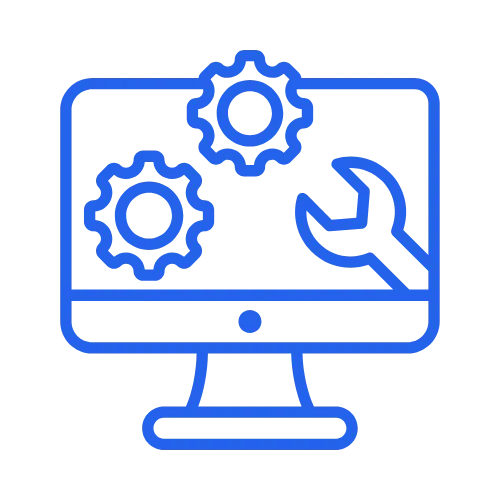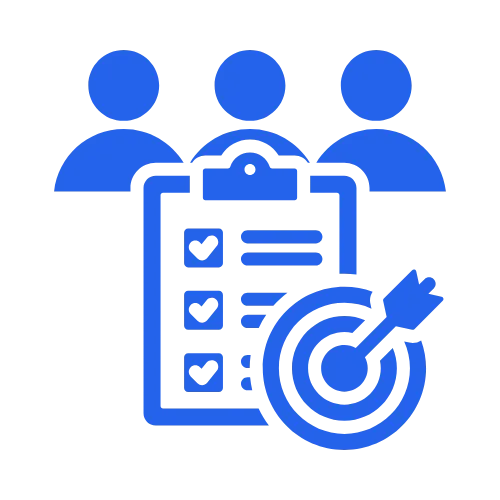Situation
A new customer service management platform (ServiceNow) was rolled out to replace email- and phone-only case handling. The system was expected to improve service quality and response time.
Adoption challenges quickly surfaced:
- Low adoption — agents preferred email-based workflows.
- Inconsistent use — case entries varied by agent, reducing data accuracy.
- Limited confidence — agents felt unprepared to handle issues in the new platform.
I was tasked with designing a training solution to:
- Increase system adoption and consistent usage.
- Build agent confidence in handling cases.
- Deliver a scalable, easily updatable program aligned with frequent system changes.






